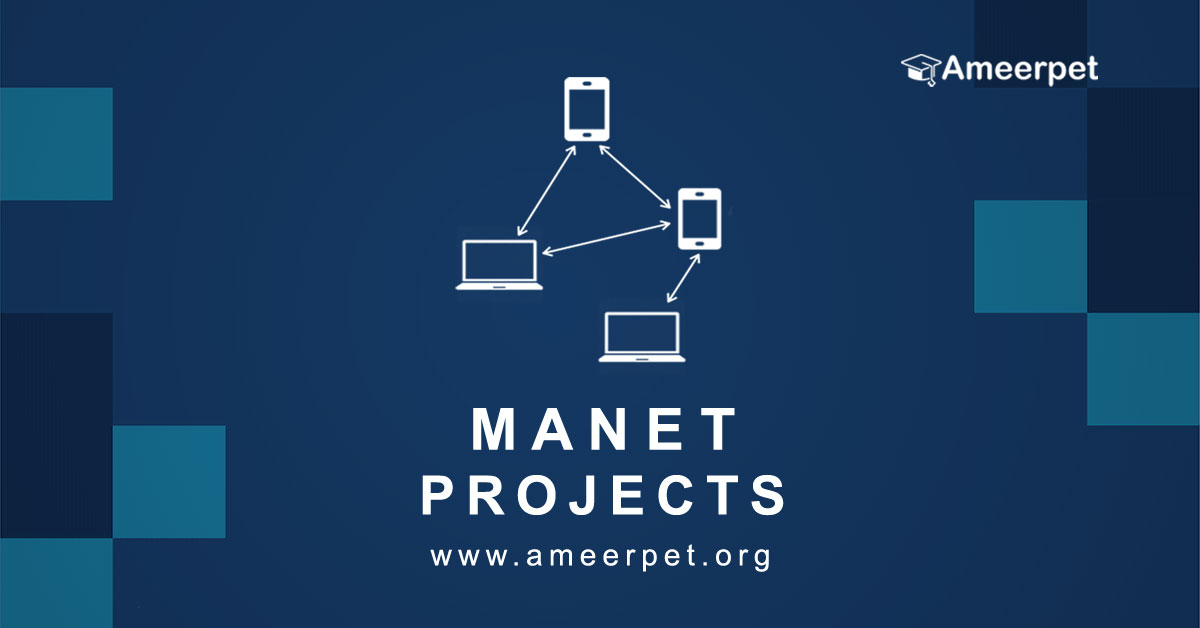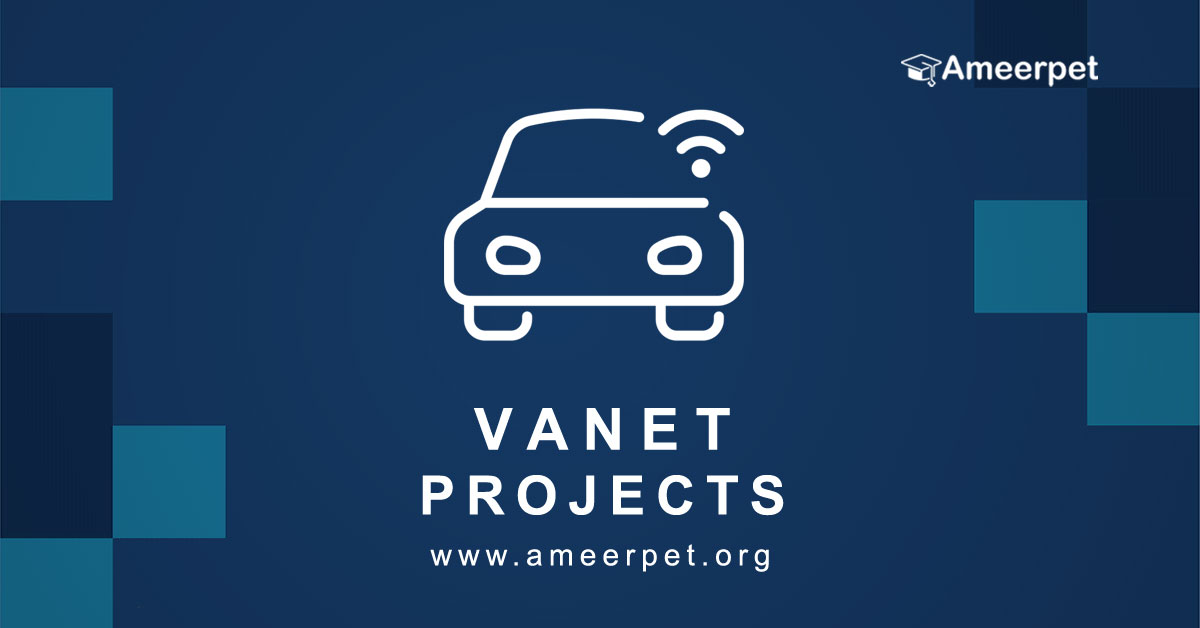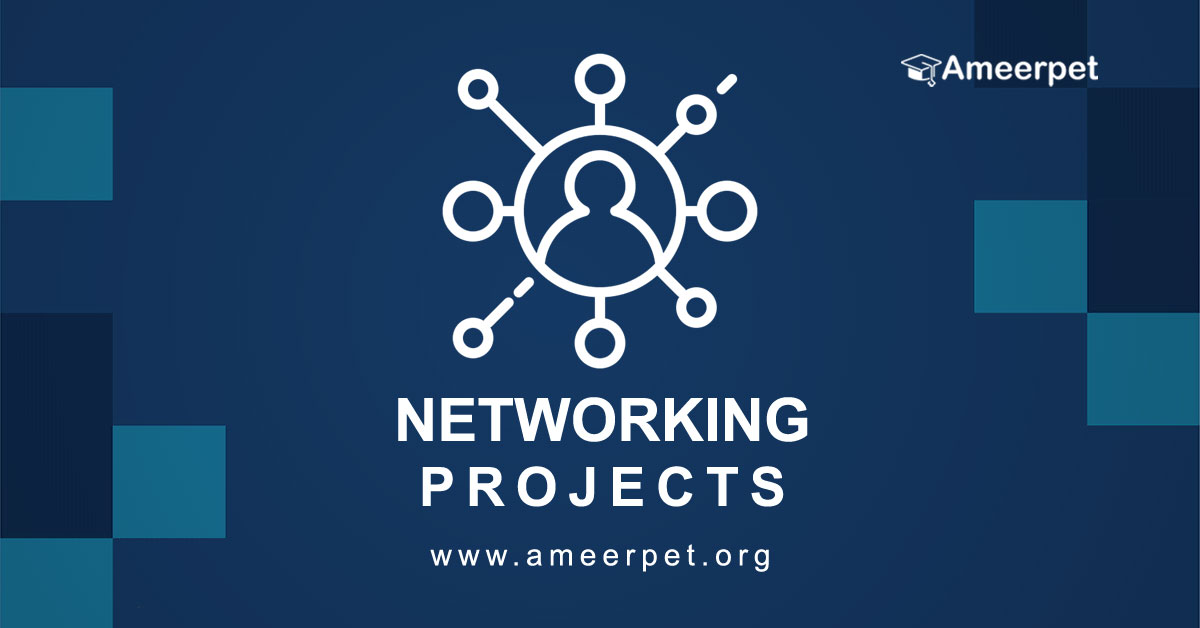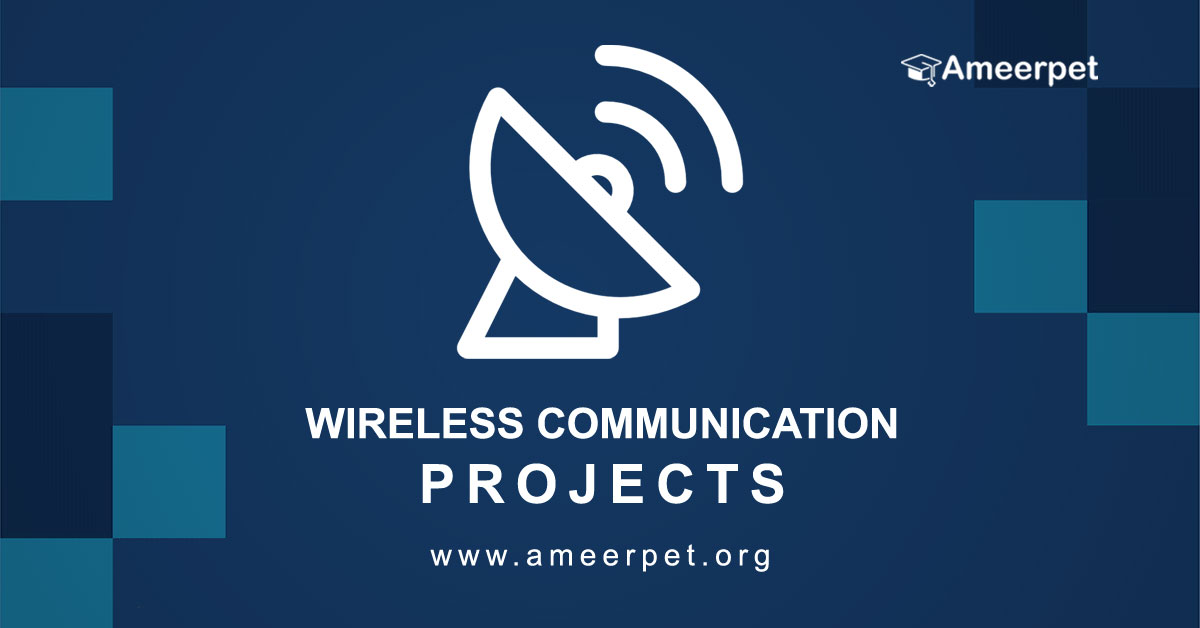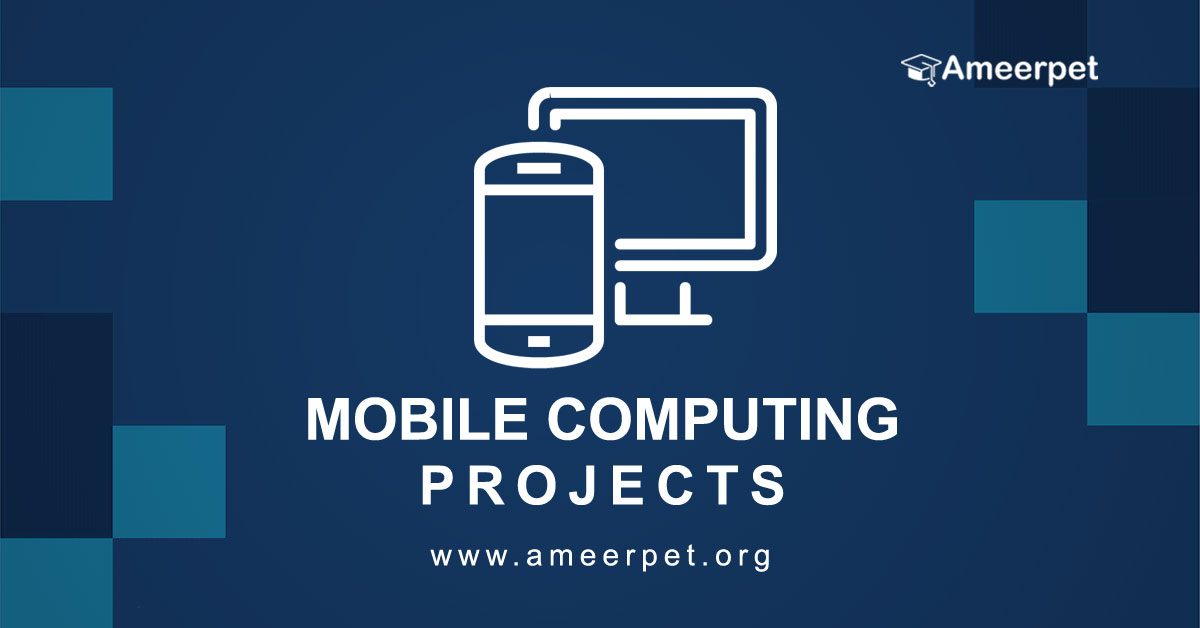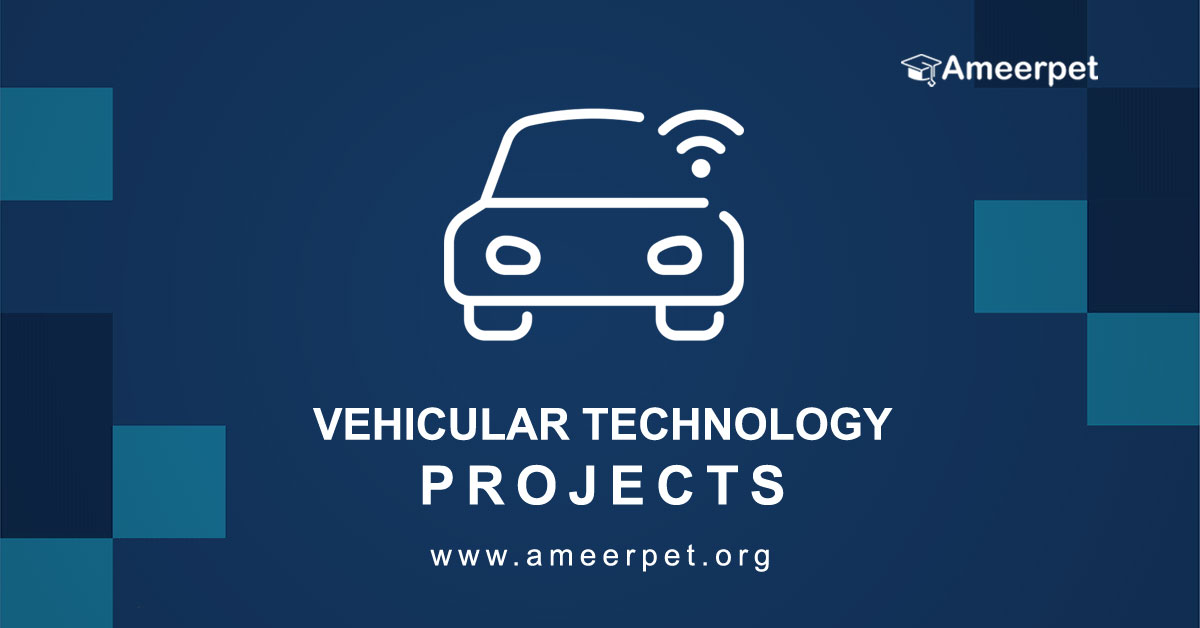FINAL YEAR PROJECTS
NS2 PROJECTS
IEEE based Computer Science CSE NS2 Projects for MTech / MS / BE / BTech / MCA / M.Sc Final Year students. These projects allow students to gain practical experience and showcase their skills to potential employers through proper documentation, plagiarism-free reports, and source code.

NS2 / NS3 Projects For Final Year Students
Final year computer science students can choose to work on a wide range of NS2 / NS3 projects in any of the programming tools like NS2 and NS3.
1000+ IEEE Projects • 250+ Domains

1000+ IEEE Projects
Offering more than 120 domains in all branches with world class projects

Expert Teachers
Having a team of highly qualified trainers having 5+ years experience

Unlimited Access
All the Projects content and videos available in Ameerpet portal
NS2 Projects List
Here the list of Popular NS2 Projects include VANET, MANET, Wireless Communication and Mobile Computing.
Contact Us
Have questions or need help? Use the form to reach out and we will be in touch with you as quickly as possible.
NS2 Projects description
Here are course descriptions related to Programming and Frameworks which will help you to gaining a thorough knowledge of the course.

MANET Projects
Immerse yourself in the world of MANET projects with source code, tailored for Final Year Students pursuing BTech, BE, MTech, and ME. Explore mini and major projects to understand Mobile Ad Hoc Networks and develop innovative solutions in wireless communication.

VANET Projects
Discover a range of VANET projects with source code, designed for Final Year Students in BTech, BE, MTech, and ME. Engage in mini and major projects to explore Vehicular Ad Hoc Networks and develop innovative solutions for efficient and secure communication.

Networking Projects
Discover a comprehensive collection of networking projects with source code, ideal for Final Year Students pursuing BTech, BE, MTech, and ME. Engage in mini and major projects to enhance your understanding of networking concepts and gain hands-on experience in network design and implementation.

Wireless Communication Projects
Explore a diverse range of wireless communication projects with source code, perfect for Final Year Students pursuing BTech, BE, MTech, and ME. Engage in mini and major projects to delve into wireless technologies, protocols, and develop innovative solutions for seamless communication.

Vehicular Technology Projects
Embark on Vehicular Technology projects with source code, tailored for Final Year Students pursuing BTech, BE, MTech, and ME. Explore mini and major projects to delve into the world of intelligent transportation systems, connected vehicles, and advanced communication technologies.

Mobile Computing Projects
Engage in Mobile Computing projects with source code, designed for Final Year Students pursuing BTech, BE, MTech, and ME. Explore a wide range of mini and major project ideas to develop innovative mobile applications and explore cutting-edge technologies in the mobile domain.
Final Year Projects FAQs
Here are answers to some questions related to Computer Science NS2 Simulation Projects for Final Year Students which are frequently asked by engineering students.
Latest Projects Blog Posts
Ameerpet’s informative blogs will enhance your knowledge of several aspects of Final Year Projects. Gain a vast understanding of this domain and become a successful Programming and Frameworks professional.
